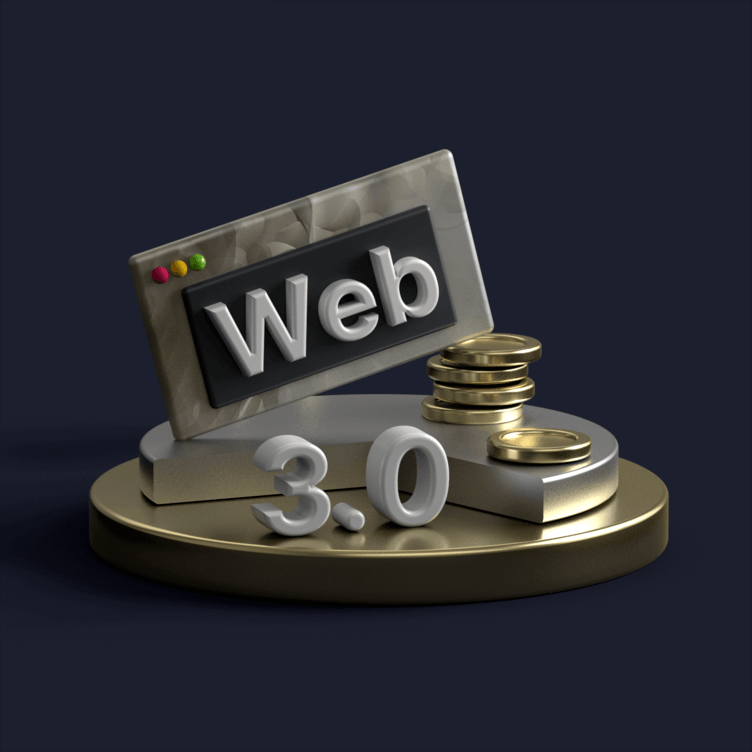Web3 is one of the technologies that is going to be powering the next generation of the internet, and it is powered by blockchain technology. It promises to be much more decentralized, user-centric, and participatory than the current Web2, which is dominated by centralized platforms. In this sense Web3 is supposed to give the power to people. Now to those that are complete newbies in this field we’re going to be explaining everything we have just mentioned, so if you are feeling lost then let us explain.
What is blockchain?
Blockchain is basically a distributed database that allows for secure, transparent, and tamper-proof transactions. It consists of a network of nodes that validate and record data in blocks that are linked together by cryptography. Each block is meant to contain a timestamp, a hash of the previous block, and a set of transactions.
How does blockchain enable Web3?
Well, blockchain technology enables Web3 in several ways:
Decentralization: Blockchain eliminates the need for centralized servers or platforms to control the data and services on the web. Instead, it allows users to access and contribute to the web directly from their devices, without relying on third parties.
Ownership: Blockchain gives users more control over their own data and digital assets, such as cryptocurrencies, non-fungible tokens (NFTs), or decentralized applications (DApps). Users are able to store, transfer, and monetize their data and assets without intermediaries or fees.
Incentivization: Blockchain technology helps create a new economic model for the web, where users can earn rewards for their participation and contribution. For example, users may be able to earn tokens for providing computing power, storage space, or content to the network.
Innovation: Blockchain technology could enable new types of applications and services that are not possible on the traditional web. For example, decentralized autonomous organizations (DAOs), which are collective entities that operate on blockchain rules and governance, without human intervention. Another would be, Decentralized finance (DeFi), which is a sector that offers alternative financial services, such as lending, borrowing, or trading, on blockchain platforms.
 Examples of Web3 applications
Examples of Web3 applications
Although Web3 is still in the very early stages of development and deployment, there are already many examples of applications and platforms that use blockchain technology. Some of them are:
Cryptocurrencies: Cryptocurrencies are digital currencies that operate on blockchain networks. They can be used as a medium of exchange, a store of value, or a unit of account. Some of the most popular cryptocurrencies are Bitcoin, Ethereum, and Dogecoin.
NFTs: NFTs are unique digital tokens that represent ownership of any type of digital or physical asset, such as art, music, games, or collectibles. They can be created, bought, sold, or traded on various platforms, such as OpenSea, Rarible, and NBA Top Shot.
DApps: DApps are applications that run on decentralized networks, such as Ethereum or Binance Smart Chain. They can offer various functions and services, such as social media, gaming, e-commerce, or education. Some examples of DApps are Uniswap, Axie Infinity, and Decentraland.
DAOs: DAOs are organizations that operate on blockchain rules and governance, without human intervention. They can have various purposes and goals, such as managing funds, creating products, or supporting causes. Some examples of DAOs are MakerDAO, Compound, DAOstack, and Gitcoin.

The future of Web3
Web3 is still in its early stages, but it has the potential to revolutionize the way we interact with the internet. By making the internet more decentralized, user-centric, and participatory, Web3 can create new opportunities for businesses and individuals alike.
Here are some of the ways that Web3 could impact the future:
A more equitable internet: Web3 could help to create a more equitable internet by reducing the power of centralized platforms and giving users more control over their data and digital assets.
New business models: Web3 could enable new business models that are based on decentralized networks and token economies.
New ways to create and consume content: Web3 could enable new ways to create and consume content, such as NFTs and decentralized social media platforms.
More secure and transparent online interactions: Web3 could help to make online interactions more secure and transparent through the use of cryptography and blockchain technology.
Overall, Web3 has the potential to create a more open, inclusive, and user-friendly internet. It is still early days for Web3, but it is an exciting space to watch with the potential to revolutionize the way we interact with the internet.


 Examples of Web3 applications
Examples of Web3 applications




Facebook Comments